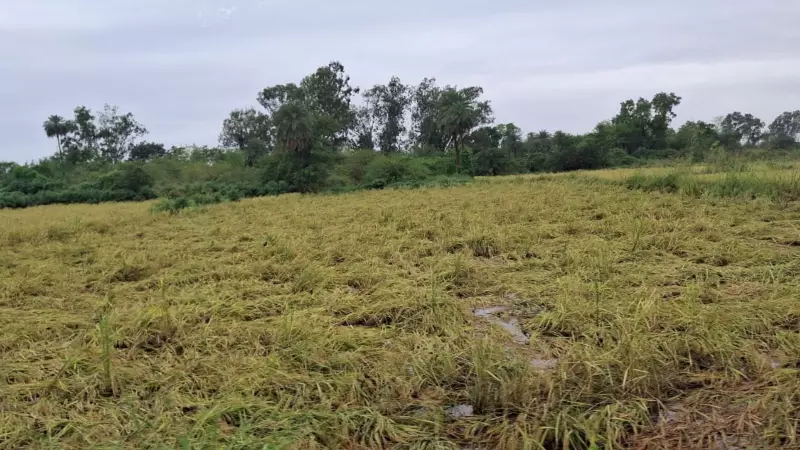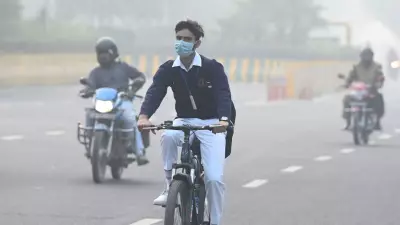
South Gujarat's agricultural heartland is reeling under nature's fury as relentless monsoon rains continue to pummel the region, with Valsad district emerging as the epicenter of devastation. Paddy farmers who had pinned their hopes on a bountiful harvest are now confronting catastrophic losses as their fields transform into vast water bodies.
Agricultural Dreams Washed Away
The continuous downpour has turned fertile paddy fields into submerged landscapes, destroying crops that were just weeks away from harvest. Farmers across Valsad, Navsari, and Dang districts watch helplessly as their season-long labor and investment literally go underwater.
"We've never seen such destruction in recent memory," shared a distraught farmer from Valsad. "The entire crop is underwater – everything we worked for over months is lost in just two days of heavy rain."
District-wise Rainfall Data Reveals Severity
The India Meteorological Department's data paints a grim picture of the situation:
- Valsad: 114 mm of rainfall recorded
- Kaprada: 110 mm of torrential downpour
- Dharampur: 82 mm of continuous showers
- Navsari: 42 mm adding to the regional deluge
Beyond Agriculture: Infrastructure Suffers
The rain's impact extends far beyond agricultural fields. Several areas in Valsad district reported waterlogging in low-lying regions, disrupting normal life and damaging infrastructure. The relentless showers have transformed streets into rivers, making transportation challenging and raising health concerns among residents.
A Familiar Pattern of Distress
This isn't the first time South Gujarat has faced such agricultural calamities. The region's paddy farmers have repeatedly found themselves at the mercy of unpredictable monsoon patterns, with either deficient rainfall or excessive downpours destroying their livelihoods.
"The cycle of hope and despair continues for Gujarat's farming community," noted an agricultural expert. "When we need moderate rain, we get either drought or deluge – there's no middle ground that actually helps the farmers."
What Lies Ahead?
As meteorological experts predict more rainfall in the coming days, the anxiety among farming communities continues to mount. The immediate focus has shifted to damage assessment and exploring possible relief measures for affected farmers.
The situation underscores the urgent need for better water management systems, crop insurance mechanisms, and climate-resilient farming practices to protect India's agricultural backbone from such natural calamities.





